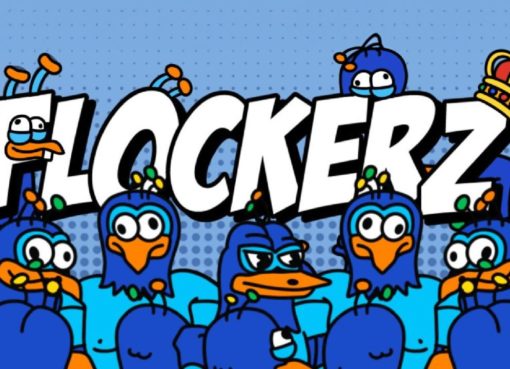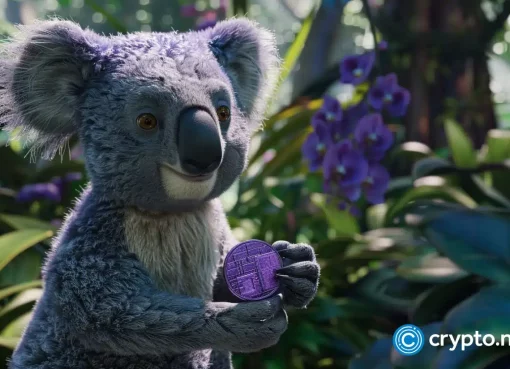The notorious failure of the Terra USD (UST) affected the crypto market in general, but it’s the algorithmic stablecoins alike that took the harshest punch. Since its peak in April 2022, the market share of algorithmic stablecoins shrank almost tenfold.
According to a fresh report from CryptoCompare, the current market share of algorithmic stablecoins stands at 1.71%, while its all-time high record in April reached 12.4% of the whole crypto market. Prior to its crash, Terra USD accounted for 79.8% of all the algorithmic stablecoin’s market share.
The stablecoin market in general also doesn’t feel too well with January becoming the tenth consecutive month of decline in its capitalization. The report puts this capitalization at the rate of $137bn or 12.4% of the total crypto market. In December 2022, centralized exchanges saw a net outflow of $3.65 billion in stablecoins — the largest since November 2021. According to CryptoCompare:
“The decline in stablecoin dominance suggests market participants are rotating out of stablecoins and into risk assets.”
Tether (USDT), USD Coin (USDC) and Binance USD (BUSD) remain the leaders in the stablecoin market with the first one reaching 48.7% of the market share — the highest dominance recorded since October 2021.
Related: Stablecoin data points to ‘healthy appetite’ from bulls and possible Bitcoin rally to $25K
The report also highlights the so-called “Stablecoin wars”, heated up by Coinbase’s decision to introduce a zero-fee trade to swap USDT for USDC in December 2022. Minted by the exchange, USDC currently accounts for less than 1% of the stablecoins trading volume on Coinbase. Earlier in 2022 Binance also introduced its BUSD auto-conversion feature, which automatically converted users’ balances of USDC, USDP and TrueUSD to BUSD on a 1:1 basis.
In late January, the CEO of credit card giant Visa, Al Kelly, expresses his belief that, along with the central bank digital currencies (CBDCs), stablecoins have the potential to play a meaningful role in the payments space.




